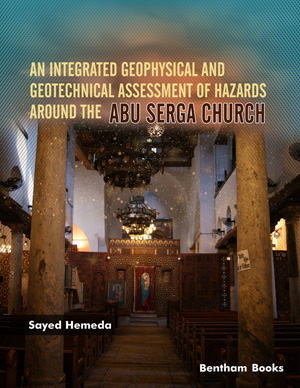Abstract
The Tartar Steppe is one of the notable works of existentialism that encompassed Europe initially and then the whole world following the Second World War. The Tartar Steppe, using extraordinary literary competence, puts forward the gravest problem of existence, portraying the human condition in an attempt to lay bare how the spaces we are stuck in corrode our soul.
A masterwork of the twentieth century, Italian writer Dino Buzzati’s The Tartar Steppe opens with the assignment of a freshly graduated officer to a post devoid of any meaning, as is in the case of all the little people who lost the chance of taking control of their little lives. Lieutenant Drogo’s first assignment is the pale, soulless, and murky Fort Bastiani located on a godforsaken border where it is believed the Tartars will someday attack.
Freshly graduated Lieutenant Drogo is actually full of hope, expectations, and excitement during his travel to Fort Bastiani. However, the monotonous and dismal bureaucracy that greets him there leaves him with a hopeless existence. Even on his first night in the Fort, he contemplates escape, but he somehow cannot. He lets his life perish, chasing after vain promises, worrying about his livelihood.
The Tartar Steppe brings a critical approach to the anxieties and reservations we enslave our lives to while discussing the paradox of existence in Fort Bastiani, a military outpost where time and architectural space create an environment of dread and boredom.
Keywords: Absurd, Architectural space, Bureaucracy, Desert, Dino Buzzati, Existentialism, Fort, Fort Bastiani, Garrison, Tartars, The Tartar Steppe.













